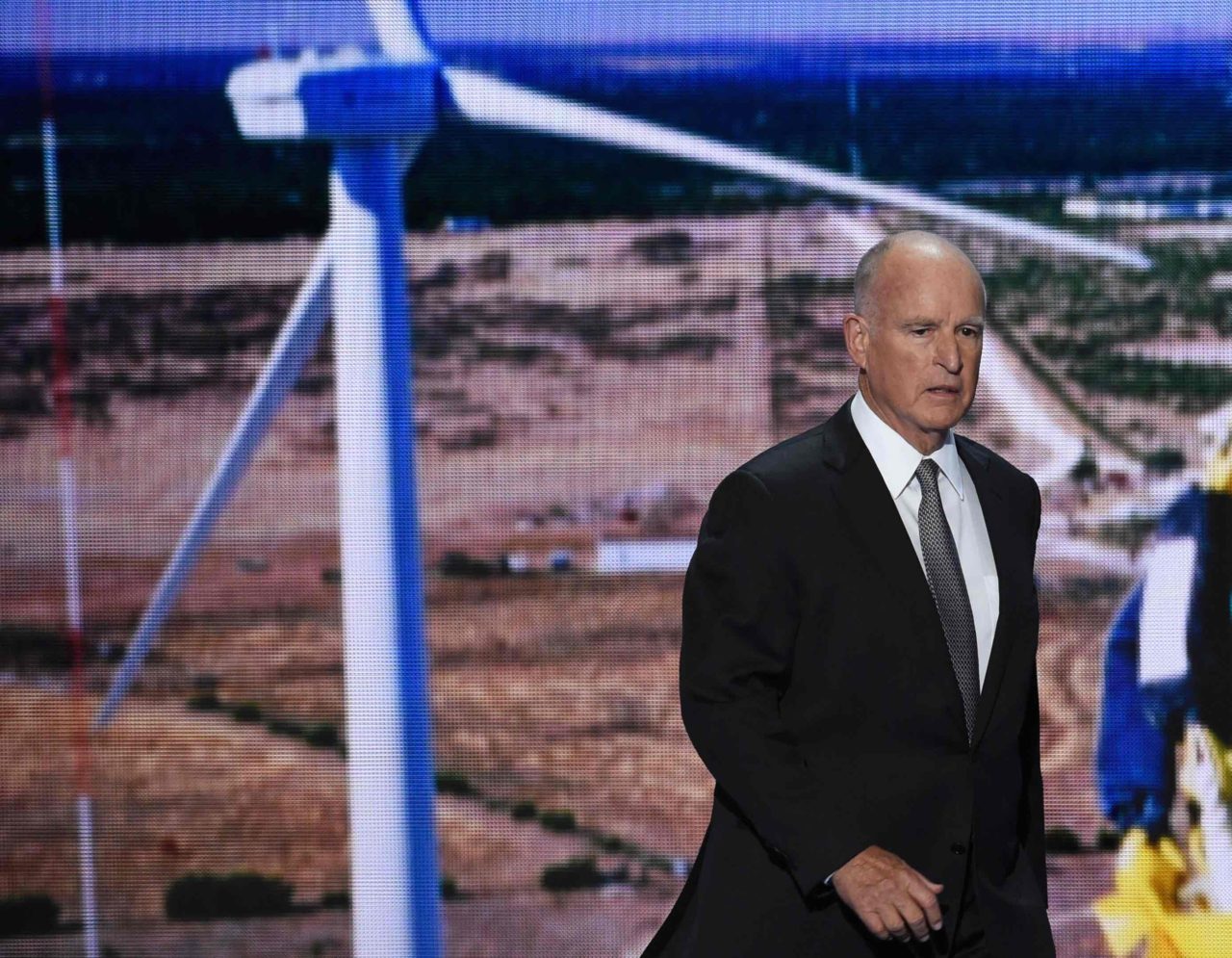An economic study produced by a top Jerry Brown administration contractor claims that although California’s SB 32 climate change bill will destroy lots of existing jobs, that is fine — because Silicon Valley will receive lots of subsidies.
Brown’s latest supposed achievement is extending a 2006 measure, SB 32, that called for cutting “greenhouse emissions” to 1990 levels by 2020. Now, the extended measure will require cutting emissions to 40 percent below 1990 levels by 2030.
Silicon Valley has become the “Valley of the Democrats” over the last two decades, partly to capture billions of dollars of California taxes, fees, and cap-and-trade revenues as subsidies to fund a plethora of sometimes credible technologies like Tesla alongside dogs like the infamous Solyndra.
To justify many of these symbiotic relationships between the public sector and Silicon Valley crony capitalists, Palo Alto’s Center for Continuing Study of the California Economy (CCSCE) has conveniently been available to provide often self-serving economic and demographic projections for government entities.
In its latest comments, CCSCE tries to refute concerns by many California industries that SB 32 is a huge job killer by claiming the radical legislation’s subsidies will spur lots of new Silicon Valley tech jobs. According to CCSCE chief economist Stephen Levy‘s analysis of SB 32, “The total impacts on the economy range from negligible from very slightly positive.”
But Levy conveniently does not usually define the definition of what those “total impacts on the economy” actually are. Like most “sustainability” advocates, his bogus cost-benefit analysis assumes shutting down companies produces “financially quantifiable” international benefit,s such as preventing the destructive rise of the seas and curtailing debilitating and painful diseases.
Economists define impacts that affect third parties as externalities. But although there are always reductions in emissions from shuttering a manufacturing plant in Fresno and sending the employees home, the production usually is then sent to China or Mexico, where the lack of regulations results in a huge increase in emissions.
Environmental economists like those at CCSCE give positive cost-benefit analysis “value” for slashing pollution in Fresno by wiping out a company and firing employees, and typically neglect the negative cost-benefit analysis “value” for forcing the company to move to an ultra-polluted third world jurisdiction.
The California Air Resources Board provided an optimistic analysis in 2010 that by 2020, AB 32 would only cause a couple thousand companies to shut down or move out of California at a cost of 320,000 jobs.
But as Breitbart News recently noted, Spectrum Location Solutions, which specializes in corporate relocations, published a report titled, “California’s Forty Year Legacy of Hostility to Business,” documenting the fact that 9,000 companies moved their headquarters or diverted projects to out-of-state locations in the last seven years due to California’s “hostile” regulatory and tax environment.
Silicon Valley economists seem correct that rising state environmental regulations, cap-and-trade revenues, and taxes are good thing for Silicon Valley. But for the rest of California, not so much.
